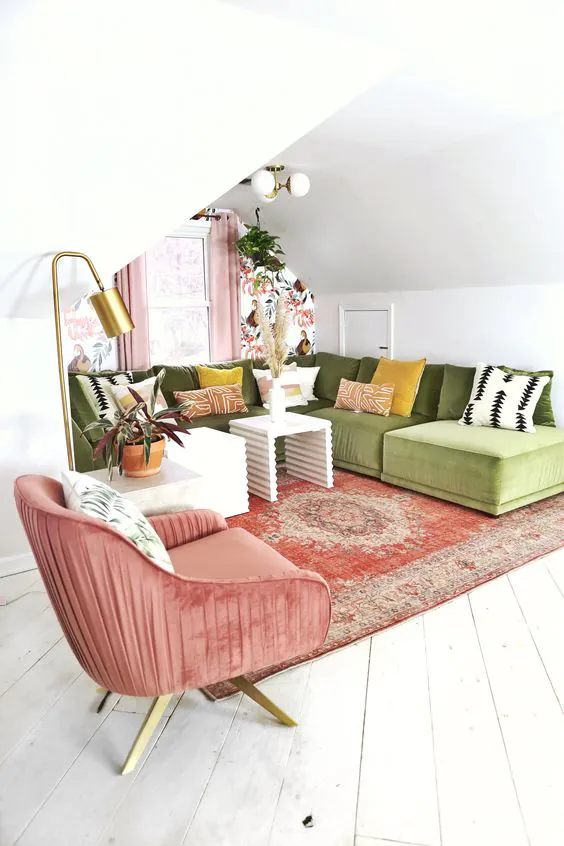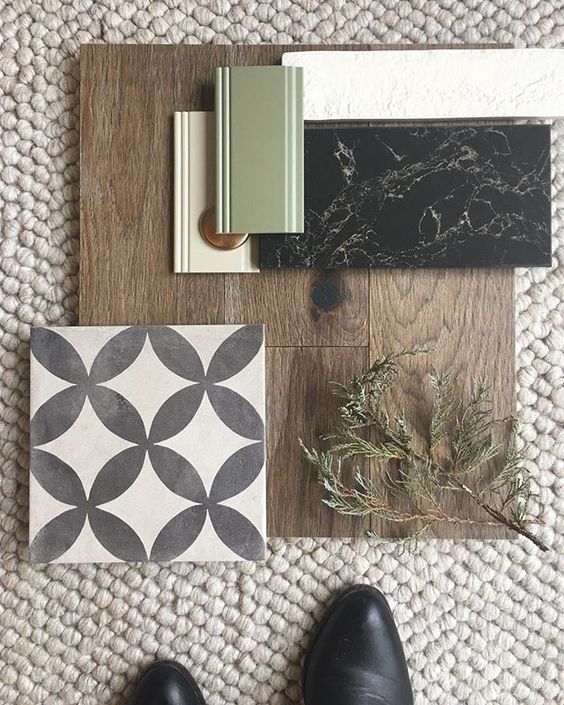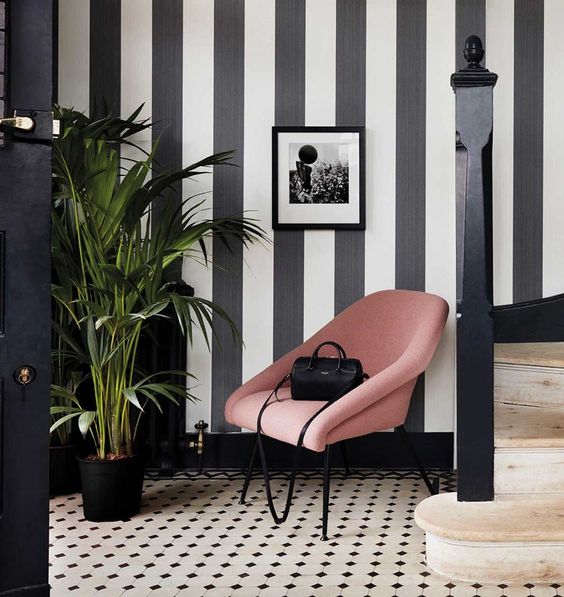Combining Colors in Interior Design

Combining colors in interior design creates beautiful rooms, corrects the proportions of the space, and adds harmony to the furnishings. Color design is a very important element of interior design and decoration. Color can transform small spaces, make rooms brighter, and bring comfort and warmth to indoor spaces.
Here are a few tips for combining colors in the interior to facilitate the choice of flooring, ceiling, and wall colors for each room.
- Modern color design for living rooms offers fantastic combinations of flooring, ceiling, and wall colors. Light walls, light ceilings, and dark brown floors create spaciousness. Contrasting colors look interesting and stylish. Using color combinations that include light tones helps to highlight dark tones for a chic and elegant design.

- Combining colors in interior design creates beautiful rooms, corrects the proportions of the space, and adds harmony to the furnishings. Color design is a very important element of interior design and decoration. Color can transform small spaces, make rooms brighter, and bring comfort and warmth to indoor spaces. Here are a few tips for combining colors in interior design to facilitate the choice of flooring, ceiling, and wall colors for each room.
- Light colors are perfect for rooms with low ceilings. The light paint on the ceilings and the darker tones on the walls can be combined with vertical lines to create a visual effect of a higher ceiling.

- Vertical lines on the walls can be created with the help of modern wallpaper designs, cornices, or artistic drawings. Dark floors, light painted walls, and striped wall designs are a wonderful combination for visually lifting the ceiling and creating more space.
- For small rooms with low ceilings, the color of the ceiling should be very light, while the floor covering should be darker. Soft contrasts in interior design help to elongate small spaces.
It is good for bright colors to be present in a smaller volume and play the role of accents. Of course, every rule in interior design has its exception! If we choose colors for a spacious room, we won’t go wrong if we use mainly bright or strong tones. In interior design, there are techniques where dark and strong colors are used as primary and dominant in very small spaces, thus enhancing the feeling of smallness, giving an illusion of seclusion, and intensifying the accent of light colors.

Some colors have the ability to expand the space, while others can narrow it down, but we need to know that everything depends on the light and their positioning. The arrangement of colors and textures in the space has the power to change the perspective. We can make the room appear taller, longer, wider, or emphasize a specific element.
Let’s explore a few options in which the space is transformed by color:
- To achieve a sense of larger space in interior design, we use light and cool colors. The light tones will reflect the light and create an illusion of more space;

- If we want the room to look smaller, compact and cozy, using stronger and darker colors for walls, ceilings and other surfaces will do a great job.
Dark colors absorb most of the natural light in the interior and create a sense of enclosure, solitude, completeness. They can be very useful in certain interior design concepts. Using dark colors to fill the space is mandatory in some styles. It is often used in the interior design of public spaces to enhance certain bright accents. Good results are also achieved in the interior of the bedroom, some living rooms, kitchens, bathrooms, etc.

